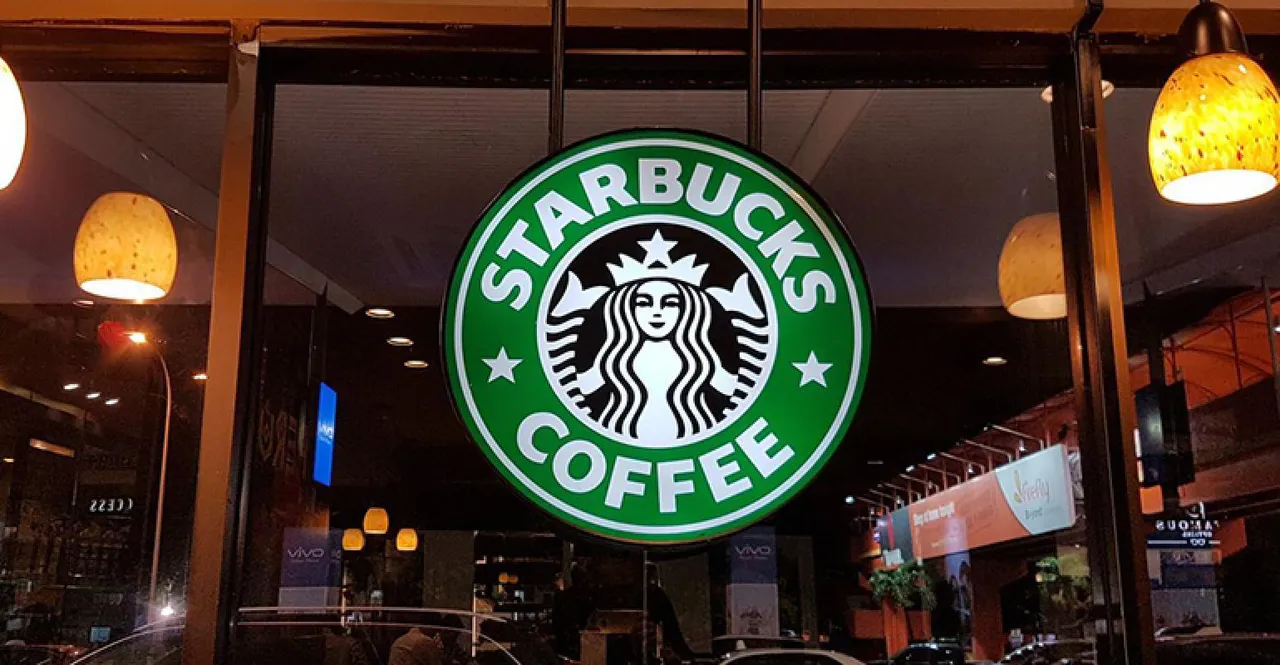
Chamberlains of London – Starbucks marked a major milestone as it reported its first same-store sales growth in nearly two years, signaling a potential shift in momentum after a challenging period of slowing demand and restructuring. The coffee giant posted a 1 percent global increase in same-store sales for the latest quarter, largely fueled by gains in international markets. In the United States, sales finally stabilized after months of decline, turning positive in September and holding steady through October. CEO Brian Niccol described this period as a critical moment for the company, expressing confidence in the direction of its turnaround efforts. The results surpassed Wall Street expectations, with revenue climbing to 9.57 billion dollars. Despite the encouraging figures, shares dipped slightly as investors remained cautious, reflecting uncertainty about how quickly the recovery could solidify in both domestic and international markets.
Starbucks has implemented a series of aggressive reforms aimed at reigniting growth and restoring customer loyalty. The company’s turnaround plan included closing 627 underperforming stores and cutting roughly 900 nonretail jobs, allowing resources to shift toward improving store efficiency and innovation. Starbucks executives emphasized that the restructuring was designed to strengthen the foundation for sustainable expansion rather than temporary recovery. In the U.S. market, Starbucks invested heavily in enhancing labor conditions by adding assistant managers across North American cafes to improve workflow and reduce pressure on frontline employees. These adjustments have already led to noticeable improvements in order accuracy and customer satisfaction. However, the additional labor costs temporarily reduced operating margins this quarter. Despite the short-term financial strain, leadership remains confident that the company is positioned to achieve stronger long-term performance as operational efficiency improves and customer trust returns.
Reviving U.S. sales required Starbucks to reevaluate its customer experience strategy from the ground up. The company has prioritized speed, quality, and connection as its key pillars for attracting returning customers. More than 80 percent of Starbucks-operated cafes now maintain average service times of four minutes or less, a benchmark achieved even as traffic surged during the launch of the popular fall menu. Starbucks also shifted its marketing approach away from constant discounts and limited-time offers, choosing instead to spotlight its premium coffee blends and innovative beverages such as protein-rich cold foams and seasonal espresso creations. These efforts helped rebuild brand perception as both aspirational and accessible. The company’s loyalty program, Starbucks Rewards, saw a one percent growth in active membership both quarterly and annually. Executives view this as a promising indicator that former customers are once again engaging with the brand on a consistent basis.
While the U.S. market shows early signs of recovery, Starbucks continues to rely on international performance to sustain its overall growth trajectory. Global same-store sales climbed three percent, driven by a six percent increase in customer traffic. The strongest gains came from Asia, particularly China, where same-store sales rose two percent amid a nine percent surge in traffic. Starbucks responded to growing competition from domestic coffee chains by reducing prices on many iced beverages, appealing to cost-conscious customers without compromising quality. CEO Brian Niccol confirmed that Starbucks has received significant interest from investors regarding a potential stake sale in its China division, which the company values at over 10 billion dollars. Despite exploring partnership opportunities, Starbucks intends to maintain a meaningful ownership position in its China business. The leadership remains confident that the market will play a pivotal role in driving long-term expansion and brand growth across the region.
CFO Cathy Smith urged investors to temper expectations, emphasizing that turnarounds are rarely linear. While Starbucks has regained momentum, its leadership acknowledges the complexity of maintaining consistent growth in a volatile global economy. The company’s decision to suspend its annual forecast last year reflected a strategy rooted in caution and adaptability. Starbucks plans to unveil updated financial projections and long-term objectives at its upcoming investor day in late January. Despite current headwinds, including higher labor expenses and restructuring costs, the company continues to invest strategically in operational improvements, technology, and global partnerships. Starbucks executives believe these steps will solidify its leadership in the coffee industry and secure future profitability. With growing consumer confidence and renewed focus on quality, Starbucks appears ready to enter a new era of stability, innovation, and expansion while reinforcing its position as the world’s most recognized coffee brand.
This article is sourced from cnbc and for more details you can read at chamberlainsoflondon
Writer: Sarah Azhari
Editor: Anisa